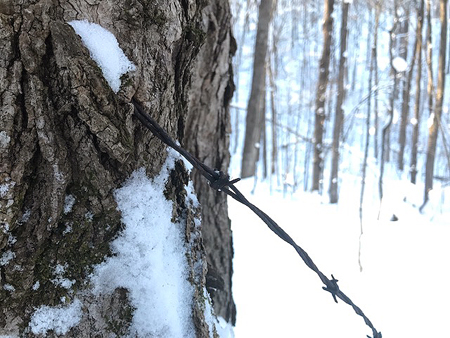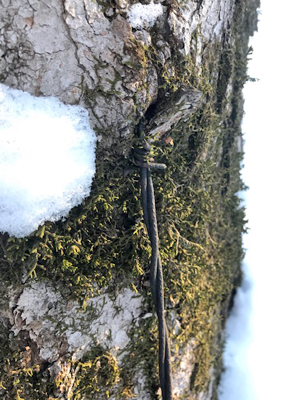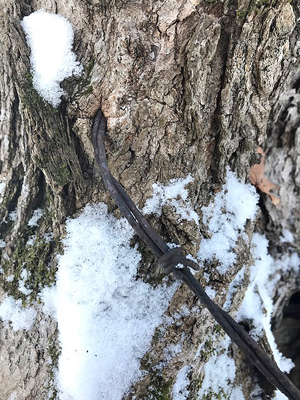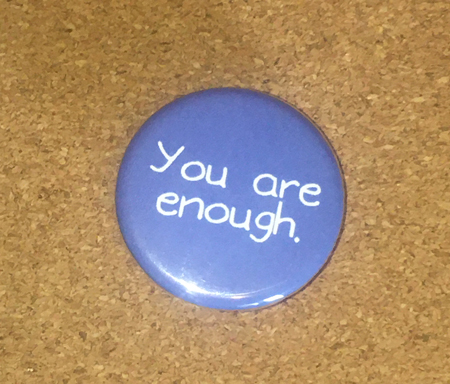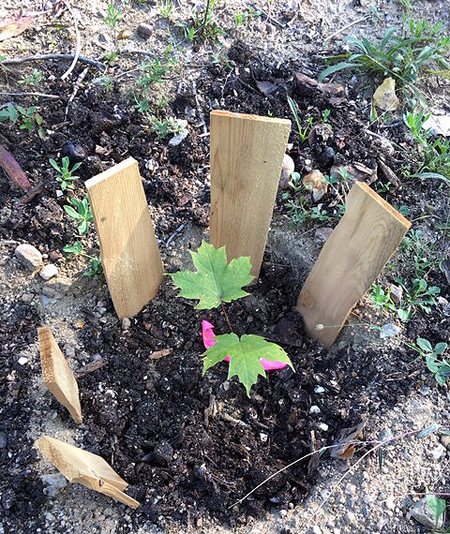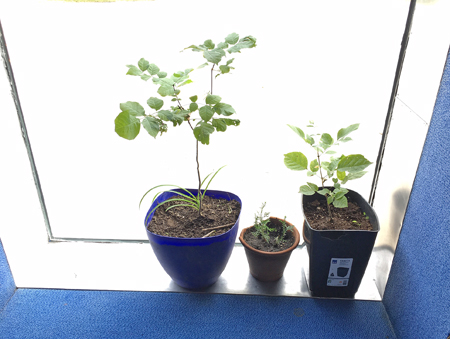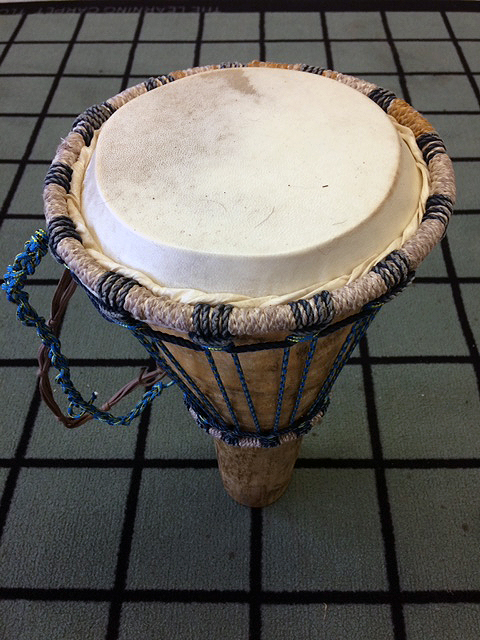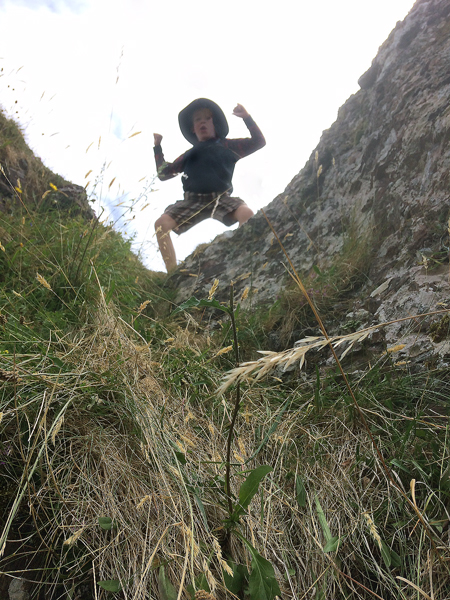• “I’M GOING HOME…” and he stormed out of class.
It was the end of the day – unexpected behaviour for a young student in class.
• The young student was struggling with reading. He had support from home and school. Everything else seemed to be tracking well. Parents had had his eyes checked a year before.
• A young student was (often) found crying in the bathroom at recess. Anxiety, awkwardness were presented but no reasons could be found for the distress.
These three real scenarios perplexed parents, teachers and students themselves. What was causing the behaviour or performance? Often, there is no obvious explanation. It takes a team of people (teachers, support staff, parents, students) to find a solution to challenges.
Hidden Challenges
Hidden challenges are often at the root of unwanted behaviours or performance but cannot be detected easily on the surface.
Hidden challenges can obscure the cause of a predicament. Sometimes the student is an expert at hiding details that cause them distress. Why hide information? Embarrassment, fear or lack of understanding can cause people to obscure information.
Hidden challenges can include ailments that are not visible or obvious (physical, mental or emotional), societal pressures, personal or relationship distress, economic or cultural factors. All can consume the person and alter behaviour without any outward signs.
Solutions?
• Listen
Listen to the student, parents, other teachers, support staff. There will be clues.
• Observe
Observe routines. Changes can shed light on changes in behaviour or performance.
• Document
Keep notes of anything unusual or out of the ordinary.
• Seek help
Ask for support from others who may have connections.
A big part of a teacher’s job is to find solutions… part teacher, part detective.
What really happened?
Scenario number three above describes a 12 year old boy who slowly developed Obsessive Compulsive Disorder – he was tormented by his own thoughts and fears of what might happen if he did not act in a certain way.
At its worst he was crippled and unable to perform on tests or active play. From the outside there was no obvious trauma or cause. His parents and teachers were baffled.
That 12 year old boy was me, a long time ago. With proper detective work and support I was diagnosed and received help to overcome the OCD and related anxiety I developed when I was in Grade 7.
Under stress, I still feel the effects of OCD and anxiety. I (usually) have the tools to manage the symptoms reasonably but I’m also good at hiding the observable behaviours that used to grind my life to a halt.
The experience has also helped me recognize clues when I encounter puzzling behaviour from students with hidden challenges.
Listen.
Support.

